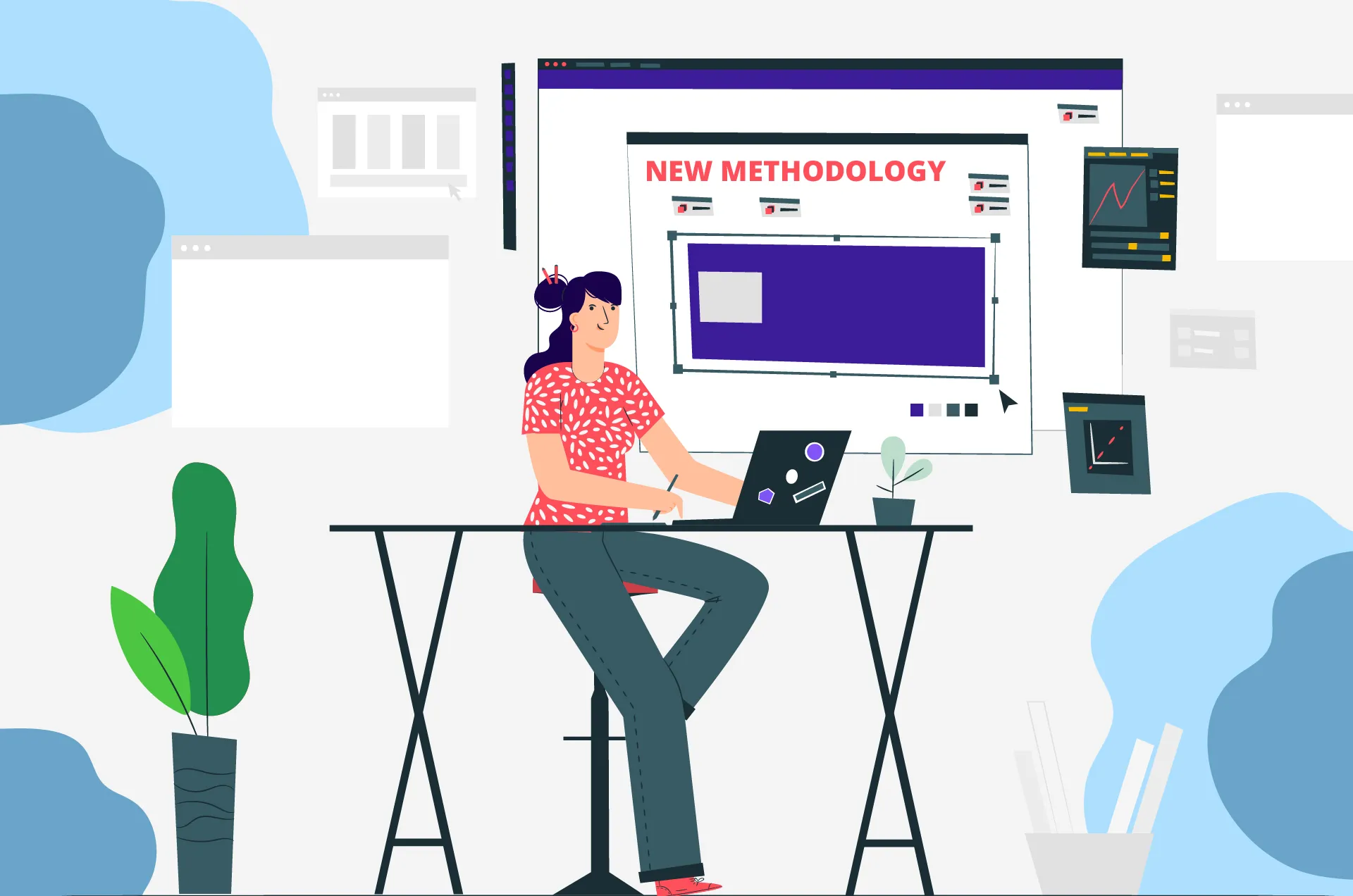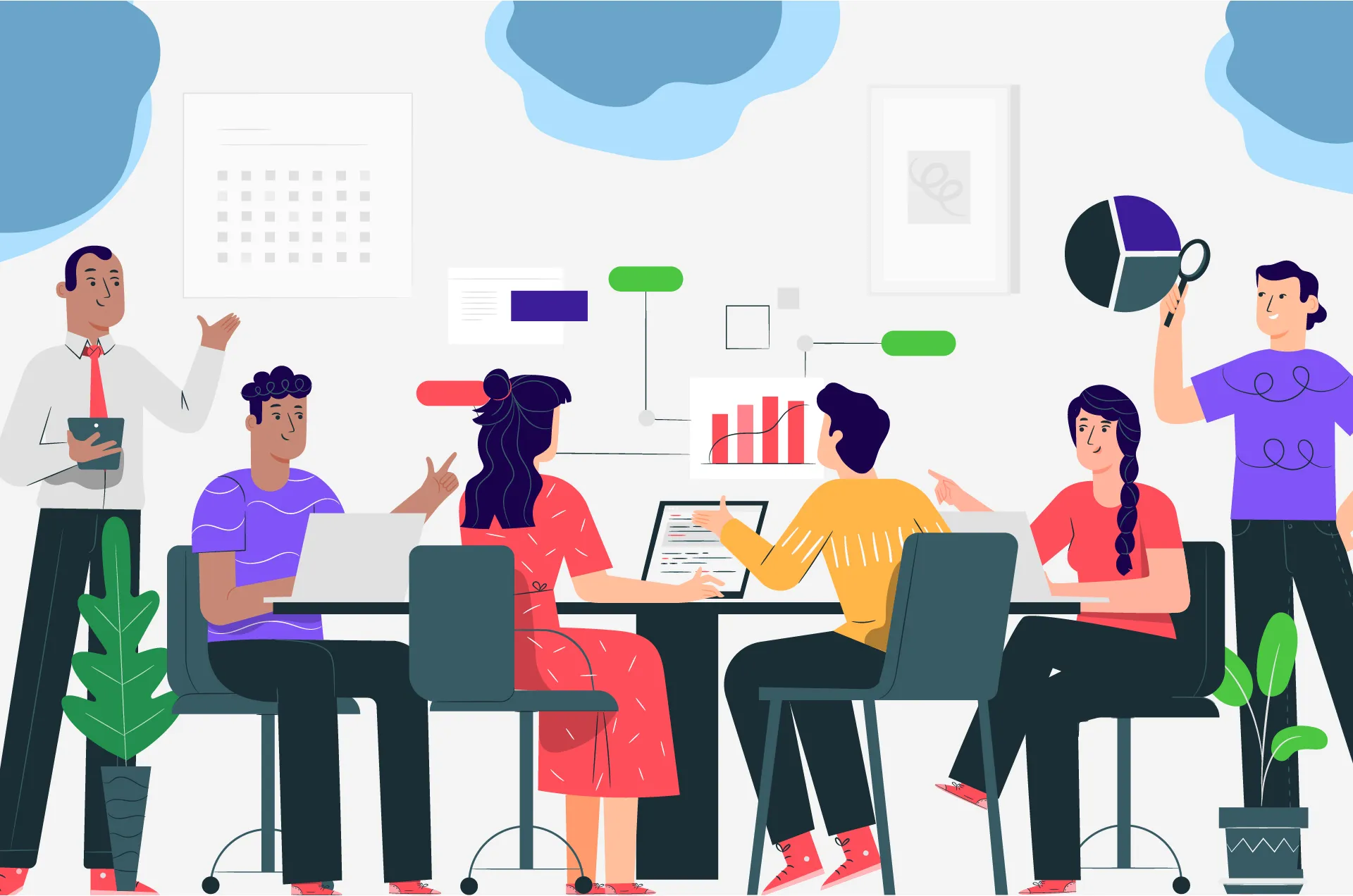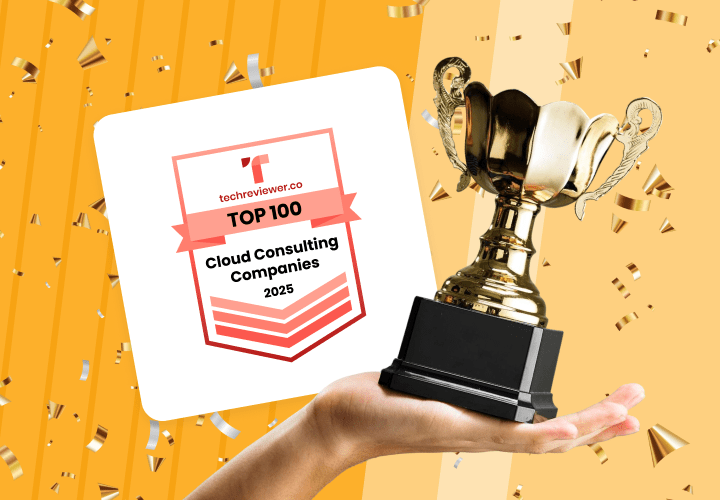What is Design Thinking?
Table of contents
Got a Problem? Just Design Think It!
Methodology
With tons of content all over the internet devoted to Design Thinking and its concept remaining vague, many questions arise. On the way to clearing up the methodology, Emerline reached out to Tobias Gollwitzer, the Customer Design Engagement Manager at SAP AppHaus, Heidelberg.

No more misinterpretations — having Design Thinking and user-centered design down pat, Tobias comments on the core business uncertainties or open Design Thinking issues.
“The methodologies we apply for our projects are showing its worth again and again. Why even open the door do Design Thinking?”
Nowadays all the companies need to transform themselves in certain directions, either digitize processes or rethink their business models to not get thrown down from the competition by new promising startups coming along the way. Remember the Uber or Airbnb stories?
A traditional IT project methodology is not sufficient to meet the challenge. It usually implies a business requirements document for an IT department.
Here are the two things threatening the successful solution:
- When there is no clear purpose behind, reality will hardly meet expectations.
Writing down the desired solution’s functions in not enough — the IT department will never design the product perfectly without knowing the reasons why business needs this particular product or feature.
- The area of adoption matters. If the company doesn’t use the software, their business case will never be realized.
If there is a high demand for change requests after the product development (which are costly, as a rule) or the workforce resists using the solution due to the ‘Yes, but’ effect it causes, the company’s investments turn out to be useless.
These are the scenarios where Design Thinking ‘changes the world’. How does the methodology do that?
- Design thinking helps to better define a to-be solution focusing on what end users really need;
![]()
- It brings people with different perspectives together — business representatives, IT specialists, marketing experts, and designers form a perfect blend gathering in one room and focusing on the problem first;
- The methodology favors visualization. A sketch, picture, comic strip, or even a role play can tell you much more about the idea behind a product or service than long reads.
As the former Unilever’s CIO said, “I want every requirement to be visualized instead of being written.” This approach helped the company reduce the number of change requests by more than 60%.
We at SAP AppHaus recommend evaluating your idea according to the following criteria:
Technical feasibility
Business viability
Desirability and needs of the people
Design Thinking helps you to justify whether the idea meets these parameters. If so, your solution will be a success.
Let’s take the iceberg analogy — what you see in the beginning is just the top of iceberg out of the water. The big problem that made the Titanic sink was under the water line. And here comes Design Thinking to discover this hidden part.

Three P’s rule
“How will I find out that the Design Thinking methodology functions right in my company?”
Following the three P’s rule (People – Process – Place) is a top priority here. If you work on each of these dimensions right, all investments will pay for itself in no time. Let’s look at each ‘P’ in the context of Design Thinking.
PEOPLE
An ideal work group contains 6 or 7 people led by a Design Thinking coach who moderates conversations and takes care about following a set of rules, like ‘there is no bad idea’ or ‘don’t judge in the beginning’. Among the other group members are:
- A specialist with a good command of business processes;
- An IT expert;
- A later end user of the solution;
- A designer that will create a prototype based on the workshop’s results.
![]()
If you involve 2 or 3 people from one department, ensure that they have different backgrounds.
A T-shaped person having deep skills in one area and a broad spectrum of supporting knowledge will be a treasure for Design Thinking workshops. Seek such specialists while planning the workshops.
PROCESS (APPROACH)
The innovation approach adopted and followed by SAP and our partners includes 5 phases:
Explore is about finding the area you want to impact.
Discover becomes a stage when you center around the problem. The phase is full of end-user observations, interviews, questionnaires, and the other forms of collecting opinions. The outcome here is a rank list of top insights, pain points, and wishes. That is how you acquire a right level of empathy putting yourself into the shoes of the people who face a problem.
Design has all chances to be a turning point in the solution’s development — this step brings specialists and real users together in one room. They are united with the aim to solve the problems identified in the Discover phase.
It’s a flexible, non-linear process, and until you get positive feedback on your prototype, there’ll be no need to invest in development. Our approach opposes an hour of sketch drawing to multi-hour development (which is likely to be useless in the end).
Go low-fidelity, collect feedback, and create something really perfect.
The Deliver phase starts after you’ve heard the customer’s “Wow, it’s awesome” exclamation. Design hands the baton to development.
Run and Scale makes the solution available across different countries and all over the workforce.
The real users who have participated in the workshops contribute to the viral adoption effect. As they have been engaged in the creation, they can hardly resist the temptation of sharing the newly born breakthrough idea with colleagues who are getting inspired and long for this product as well.
PLACE (SPACE)
The space should cover certain usage patterns, such as a Design Thinking workshop, town hall meeting, and traditional business meeting.
As for the style specifics, all rules are as simple as ABC: the place should open people’s minds, foster creativity, and inspire. If you enter a colorful room, it will positively change the way you think and behave. You are becoming more open, relaxed, and ready for innovations.
Speaking about Design Thinking as a huge toolbox, which tool is ranked as one of the most significant?
Generally, there are tons of Design Thinking methods available, and we at SAP choose those that best suit each particular case.
I’d mention Persona, an anonymized virtual representation of a real user whose fictional story you use during the product development. Regardless of the social status, level of education, or income of these artificial characters (this could be either Mr.X who has never been to school and now works at a factory or Mrs.Z with two higher educations), you should find an answer to the question, “Will our user be able to deal with the solution we are offering?”
“How can I leverage Design Thinking for the cases when speed and tough deadlines dominate?”
The first thing you need to catch here: don’t treat Design Thinking as a panacea working for any development scenario. If you need, let’s say, the implementation of a new SAP S/HANA system in the shortest term, there are different project methodologies needed.
Strive to create innovation or solve a problem? Design thinking will always help and lead to much more impressive results than traditional methods. Just apply the right rules and mindsets from a boundless Design Thinking toolset – and you will find the solution without any ‘buts’!
SAP AppHaus Network is coming to the CIS region – a new AppHaus space will open in Minsk in spring. Follow the Leverx.com news to be the first to know the details!
Updated on Mar 20, 2024







